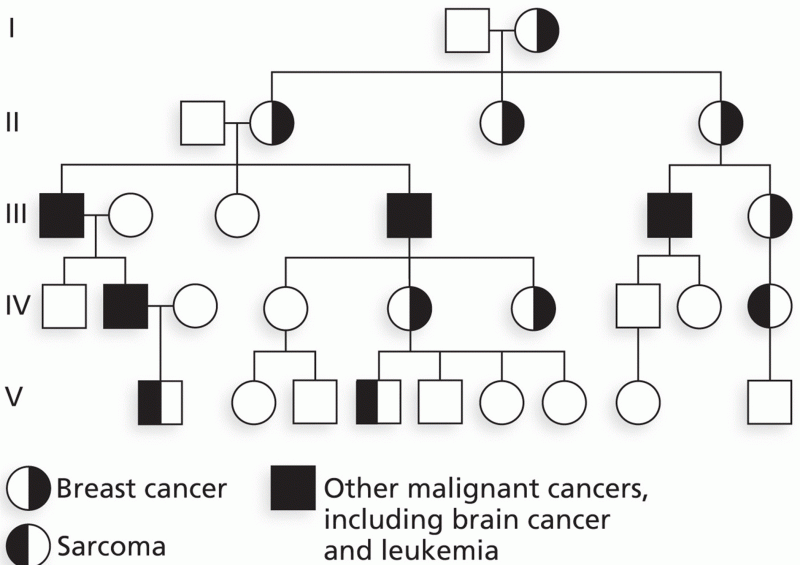|
|
|
Increased intake of vitamin D has been shown to reduce fractures up to 25% in older people.
It is difficult to obtain enough calcium without consuming milk or other dairy foods.
The human body produces and destroys 15 million blood cells every second.
Women are two-thirds more likely than men to develop irritable bowel syndrome. This may be attributable to hormonal changes related to their menstrual cycles.
Hypertension is a silent killer because it is deadly and has no significant early symptoms. The danger from hypertension is the extra load on the heart, which can lead to hypertensive heart disease and kidney damage. This occurs without any major symptoms until the high blood pressure becomes extreme. Regular blood pressure checks are an important method of catching hypertension before it can kill you.






